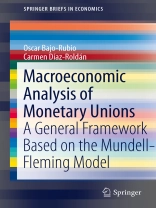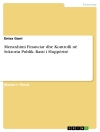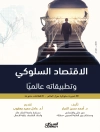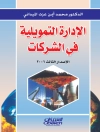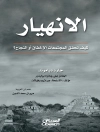The book develops a general framework for the macroeconomic modeling of monetary unions. The starting point of the analysis is the standard two-country Mundell-Fleming model with perfect capital mobility, extended to incorporate the supply side in a context of rigid real wages, and modified so that the money market is common for two countries forming a monetary union. The model is presented in two versions: for a small and a large monetary union, respectively. After solving each model, the authors derive multipliers for monetary, expenditure, supply, and external shocks, both in the short and the long run; a graphical analysis is also provided. Special attention is paid to the crucial distinction between symmetric and asymmetric shocks.
表中的内容
Introduction.- The Model: Description of the Model; A Macroeconomic Model for a Monetary Union; Characterization of the Shocks.-The Model for a Small Monetary Union: Shock Multipliers; Graphical Analysis.- The Model for a Large Monetary Union: Shock Multipliers; Graphical Analysis.- Conclusions.- Appendix.
关于作者
Oscar Bajo-Rubio is Professor of Economics at the University of Castilla-La Mancha and currently President of the Spanish Association of International Economics and Finance. Carmen Díaz-Roldán is Associate Professor of Economics at the same University.
